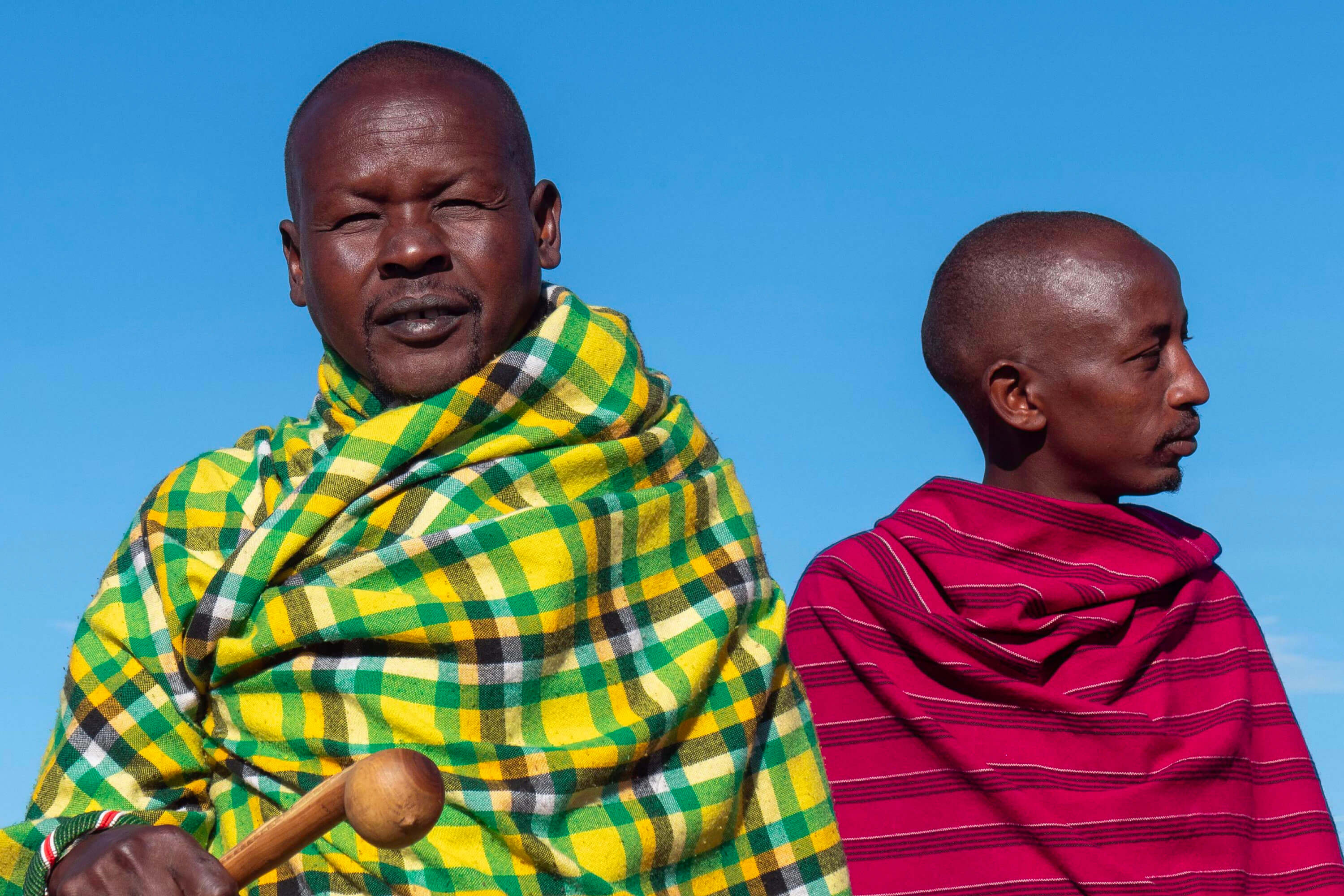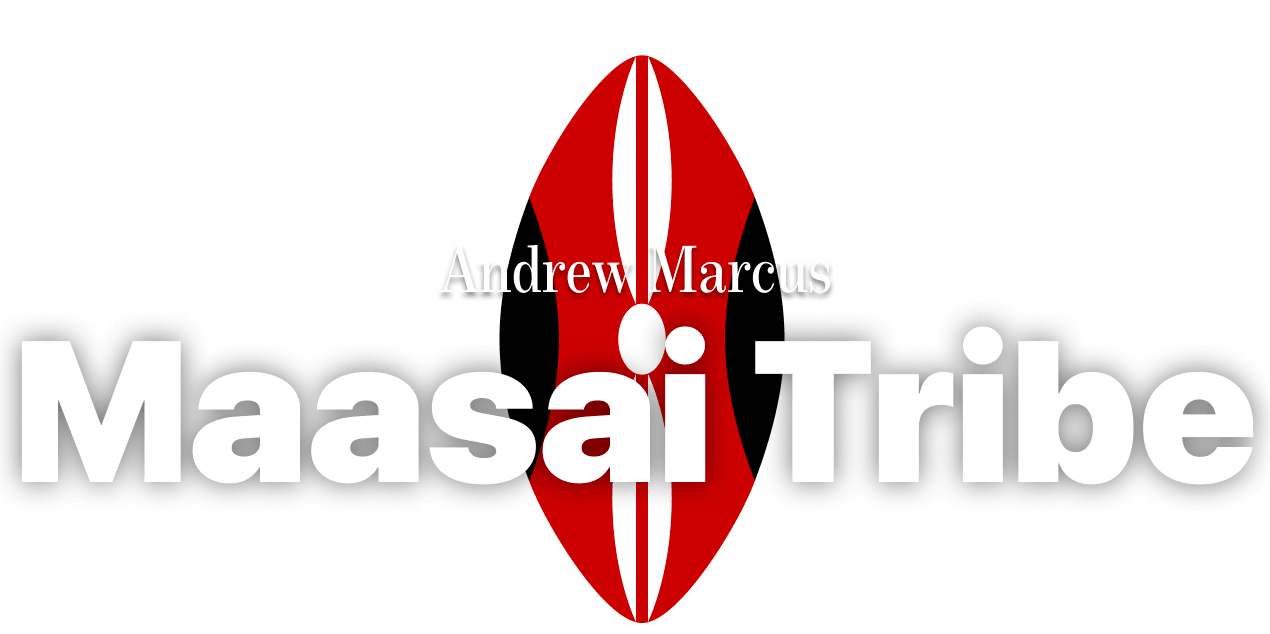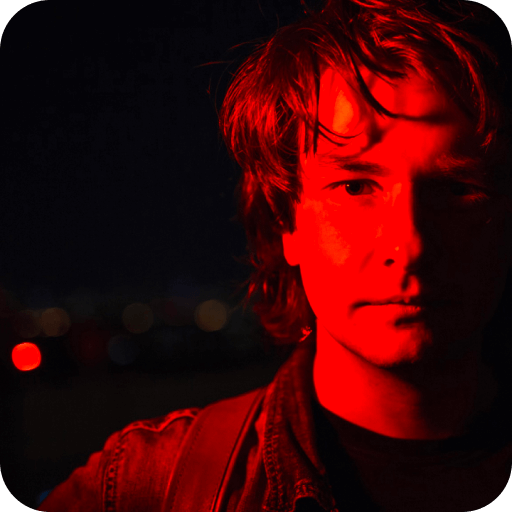The Maasai Tribe
In the territories of Kenya and Tanzania lives the Maasai tribe, one of the indigenous peoples of the region. Although this people is not the most numerous, it is one of the few peoples in Kenya and Tanzania that has managed to preserve a traditional way of life and resist urbanization.
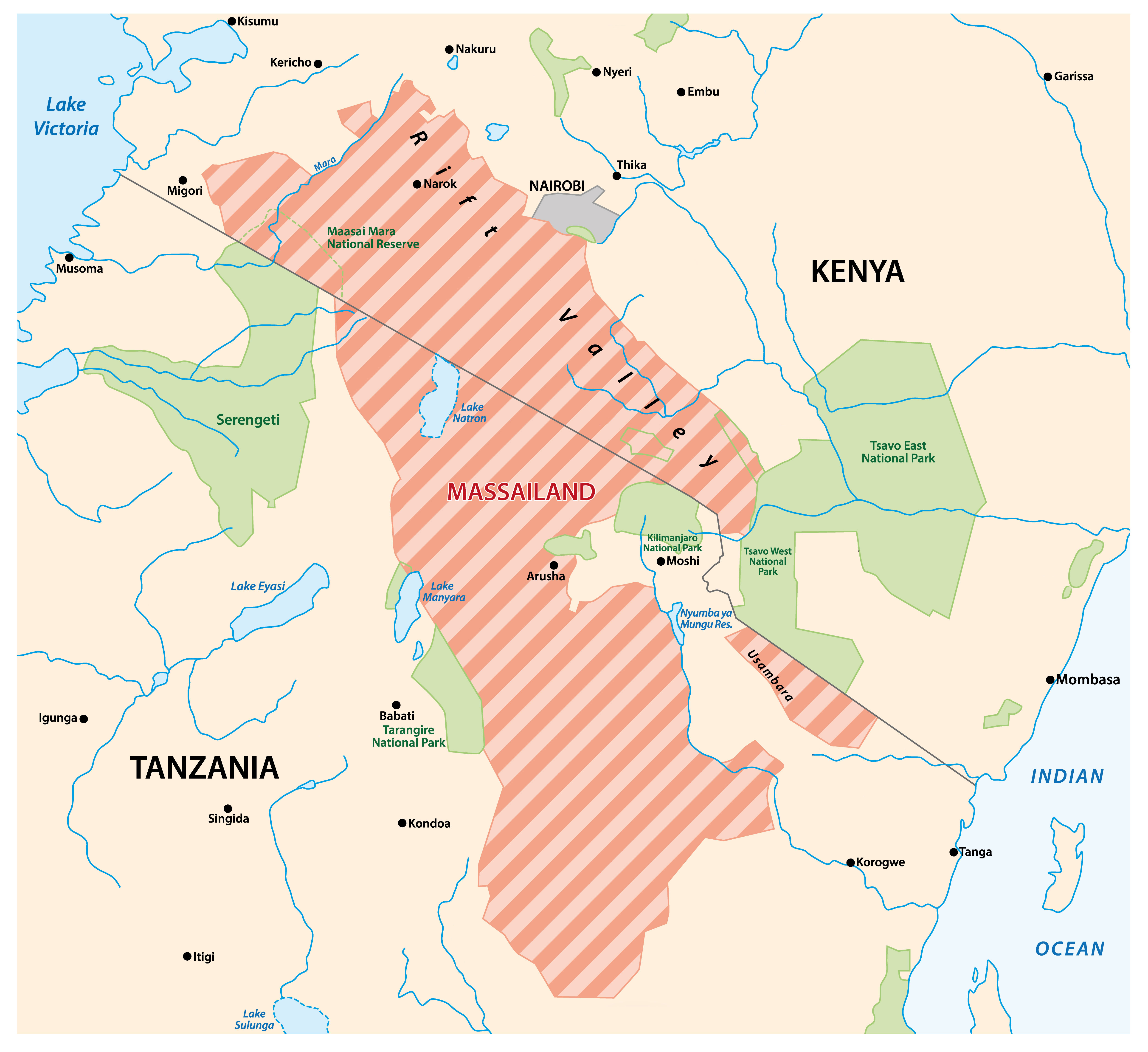
The Maasai speak their own language — Maasai. It is an original language that has nothing in common with European languages, Arabic, or even the “classic” African language Swahili. However, no particularly interesting facts about the language were found, and the Maasai write in Latin script because they did not have a writing system before colonization.
Generally speaking, the Maasai are a semi-nomadic people. This means they migrate, but only when they choose to. If ideal living conditions develop in a particular village (read: a stream of tourists with money), the Maasai settle there for a long time.
One such tourist Maasai village is located near the Maasai Mara Park. Or, conversely, the Maasai Mara Park is located near it.
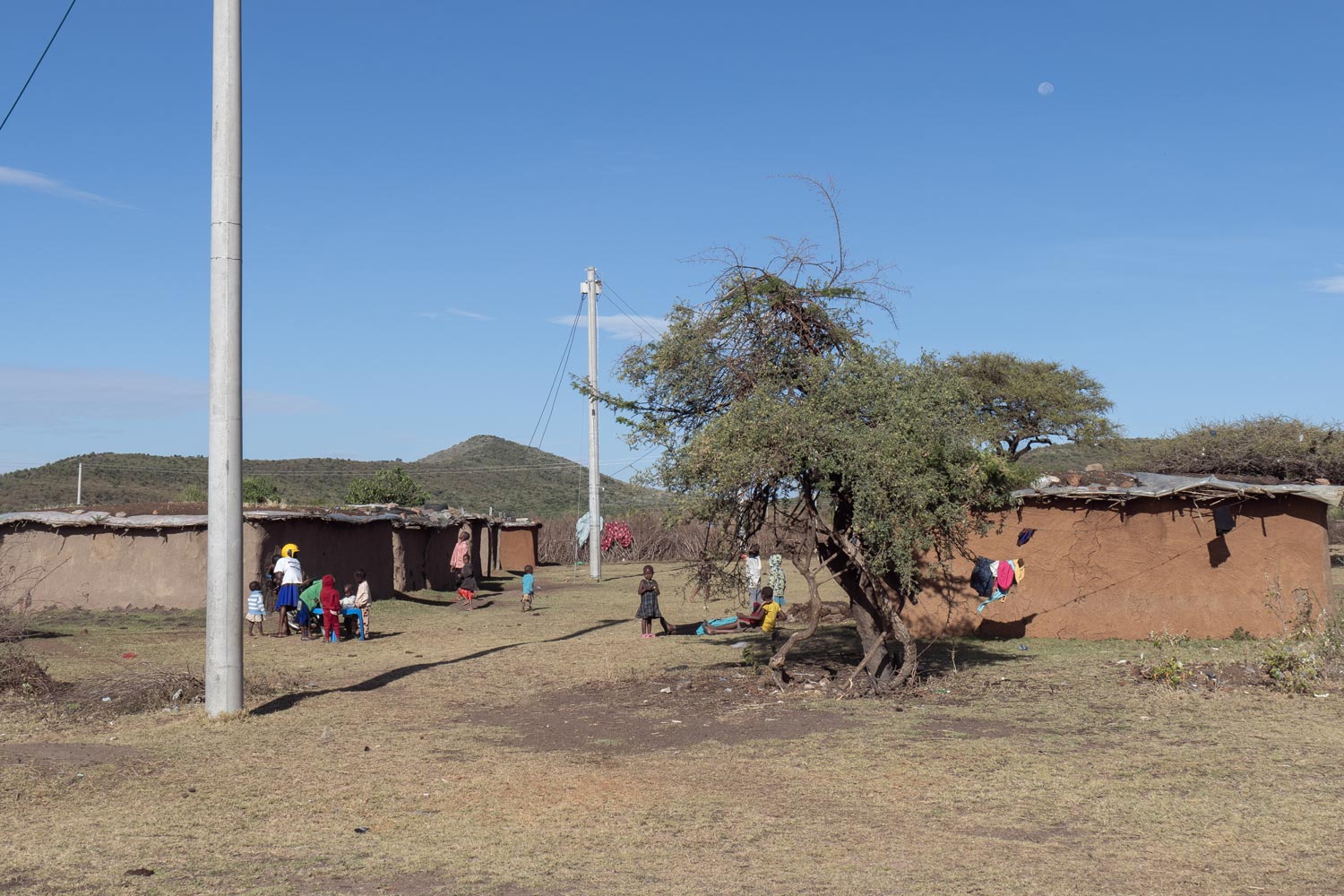
And here are the Maasai themselves. Waiting for a tourist for a gop stop.
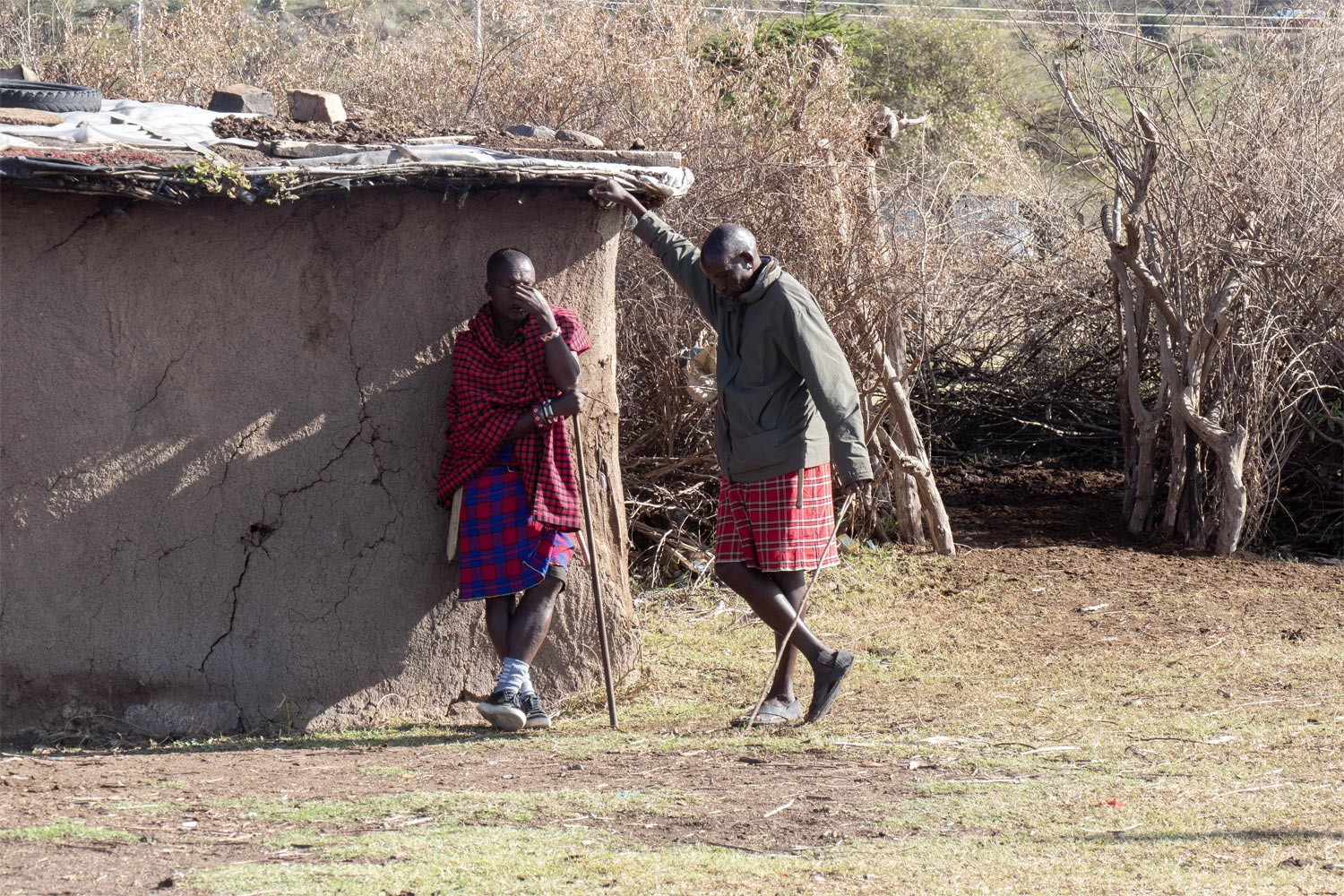
Just kidding. In reality, the Maasai are the friendliest tribe in Africa. This people are even more hospitable than the Hamar tribe in Ethiopia. And certainly the most colorful.
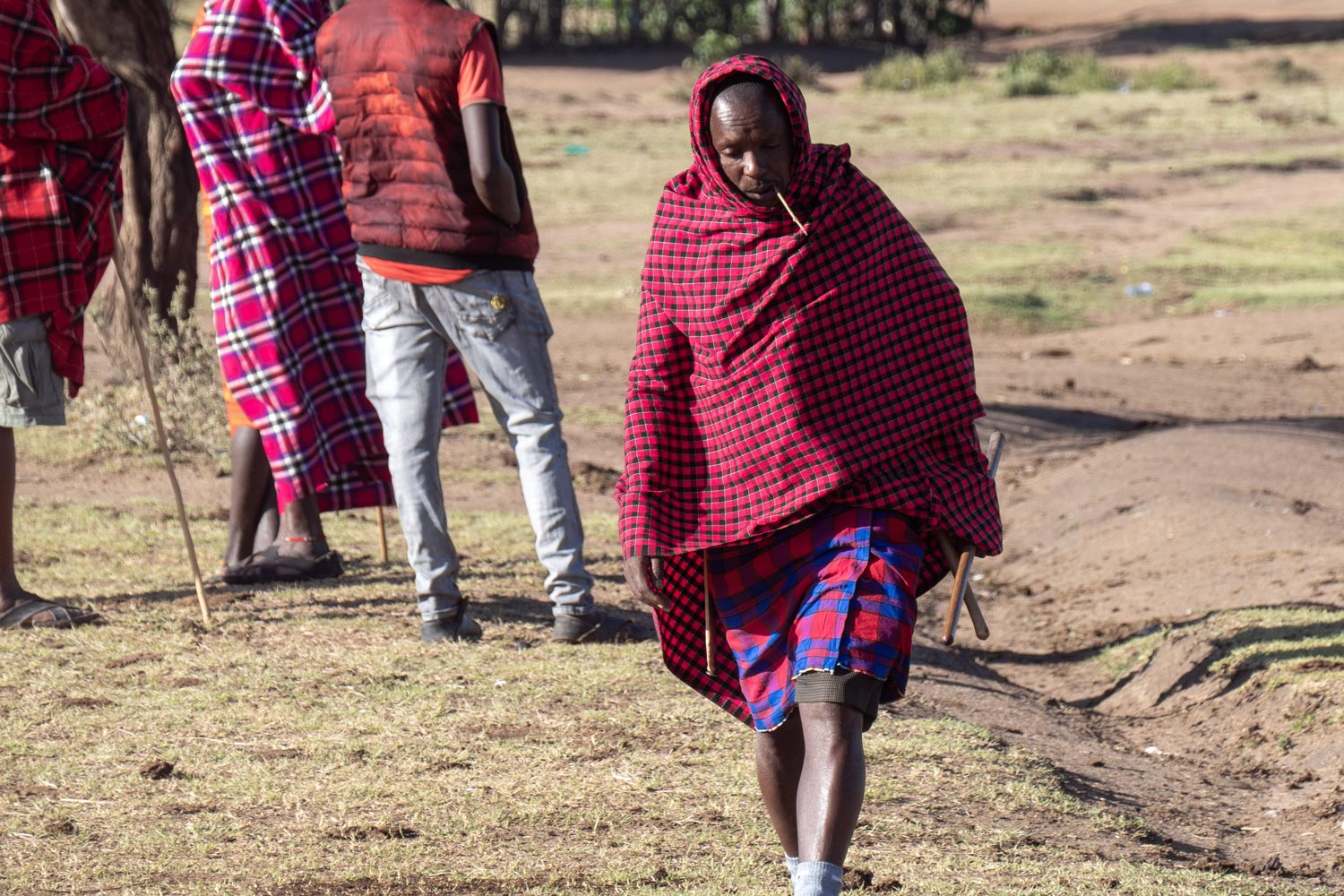
The Maasai dress in traditional attire called shuka. It is simply a piece of fabric wrapped around the body, but it comes in incredibly bright, vivid shades of red or crimson.
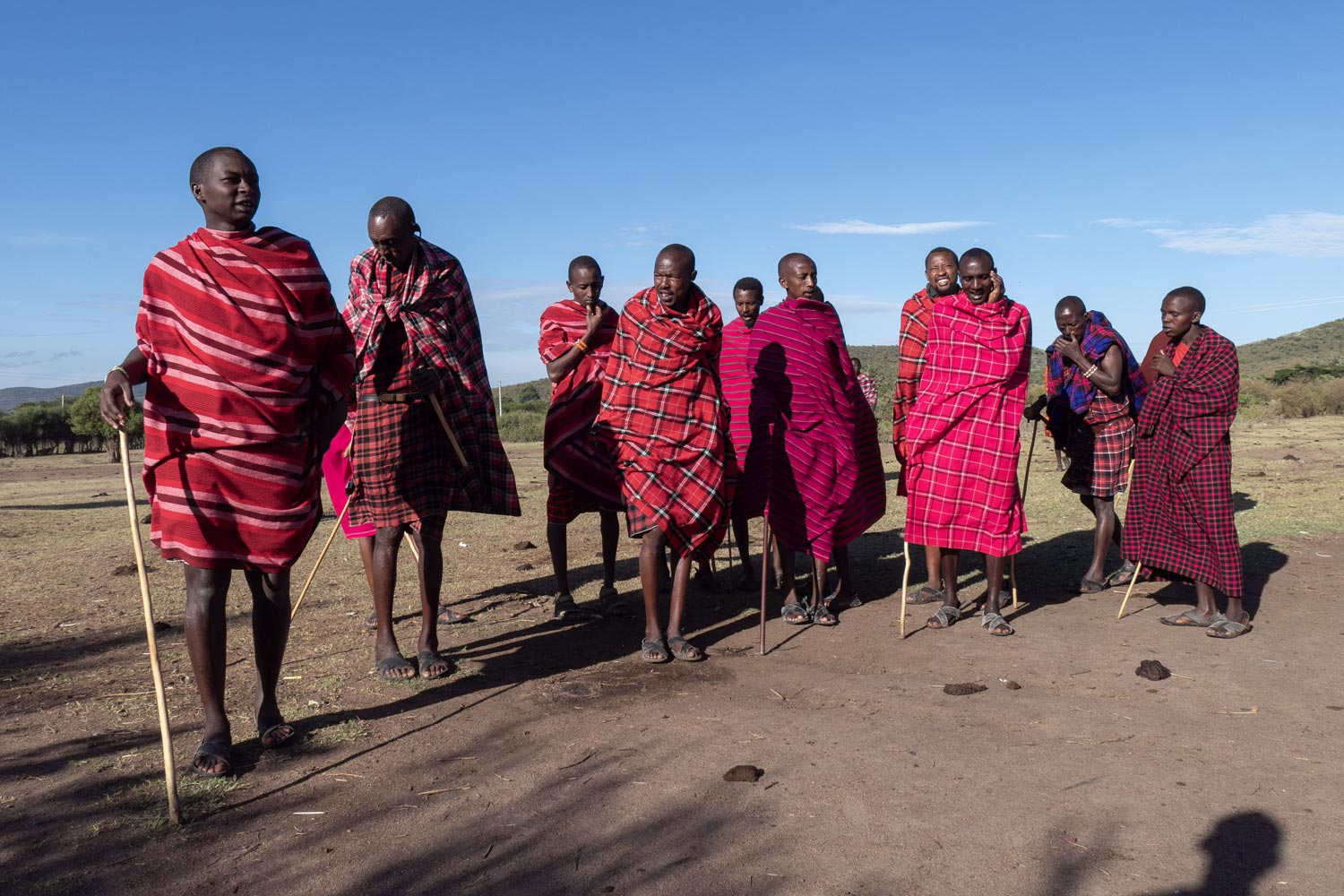
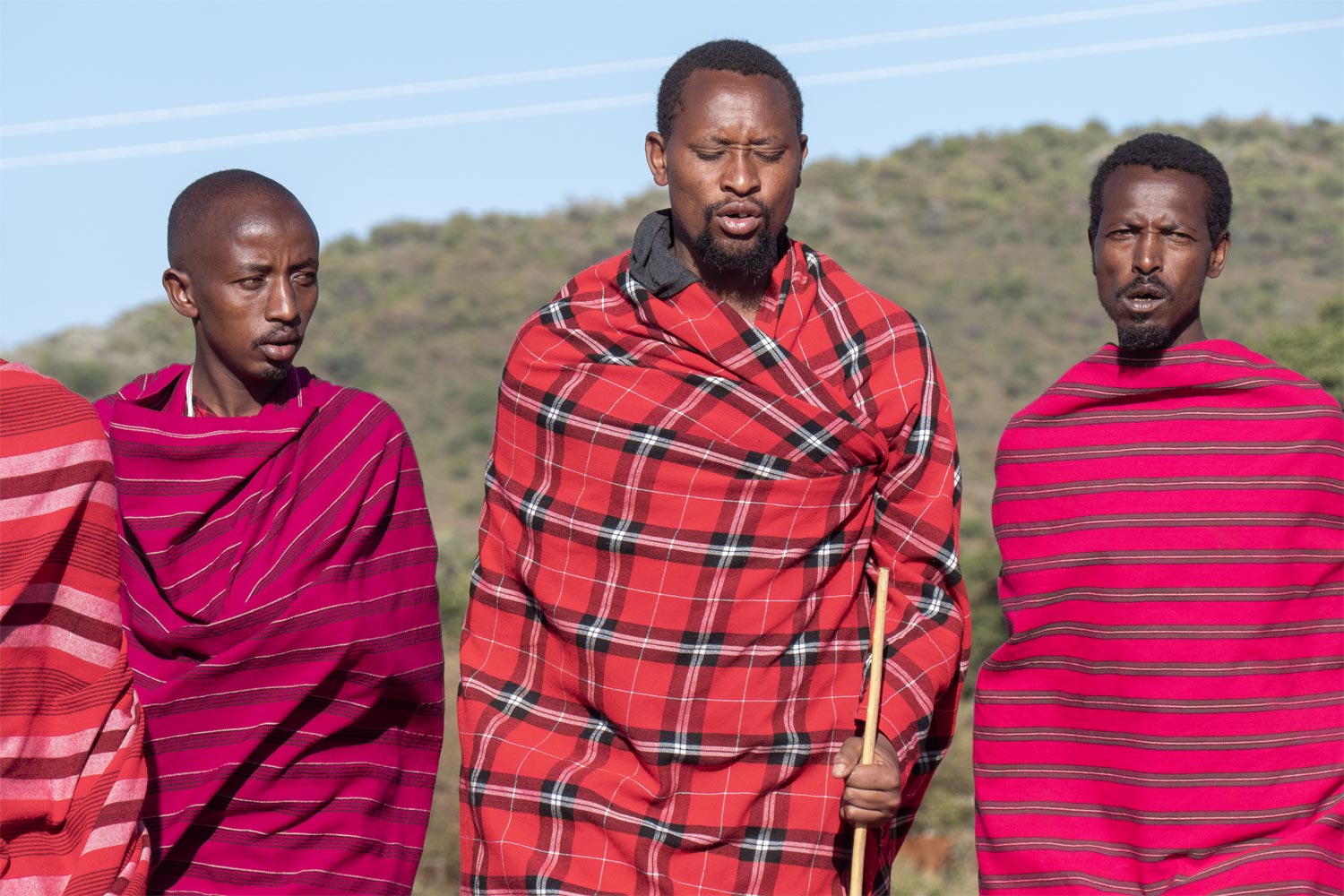
The Maasai attire looks especially striking against the backdrop of the blue sky.
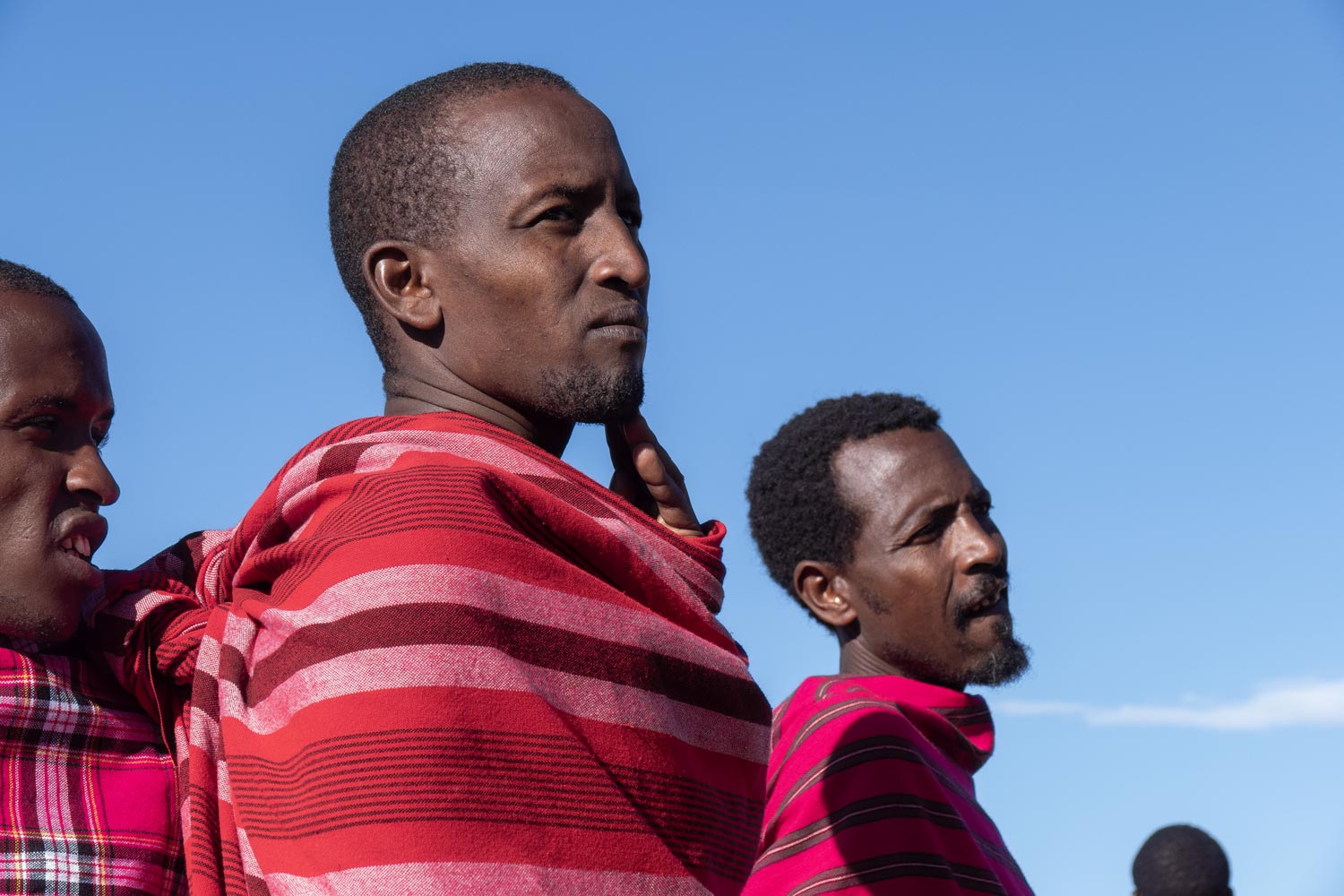
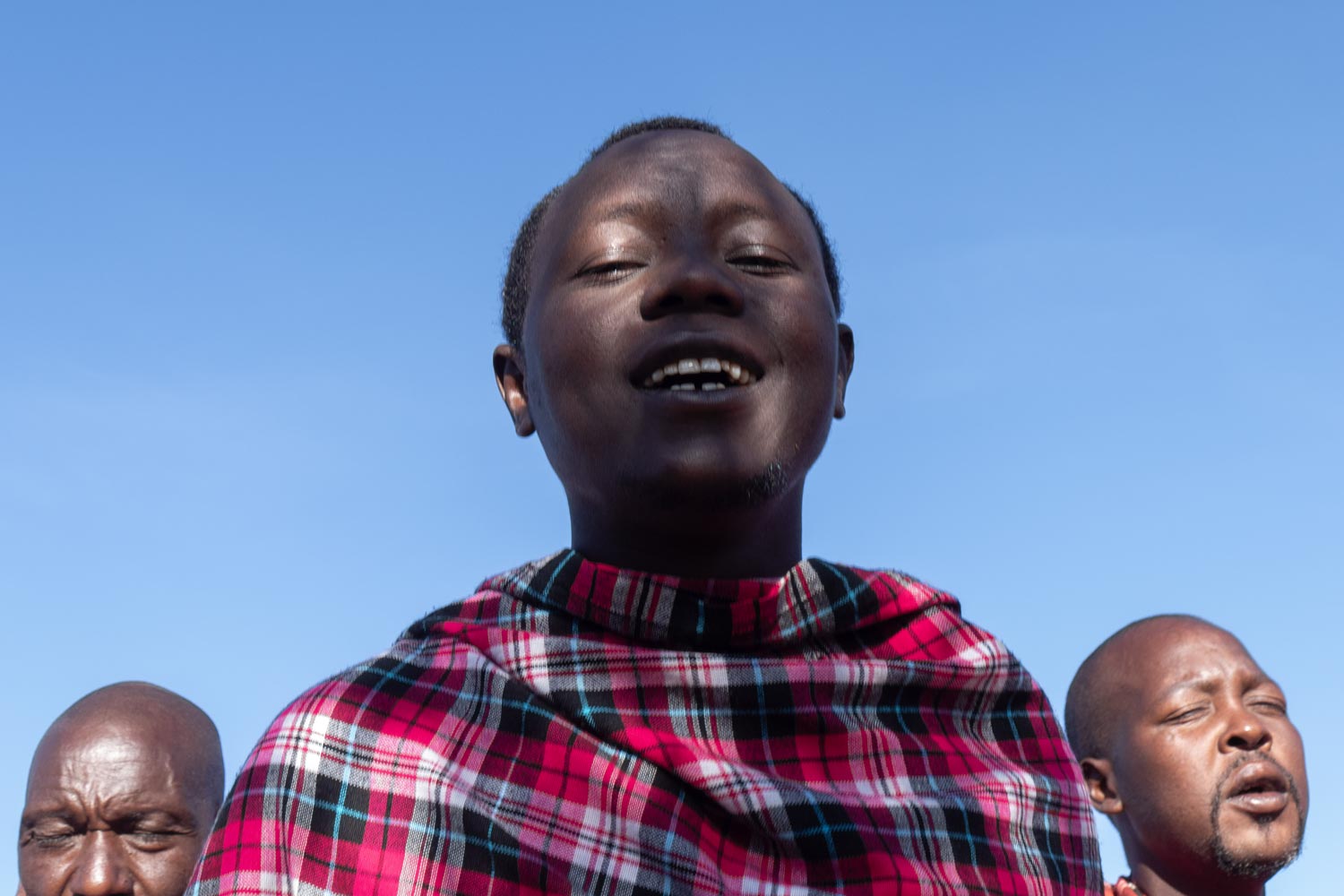
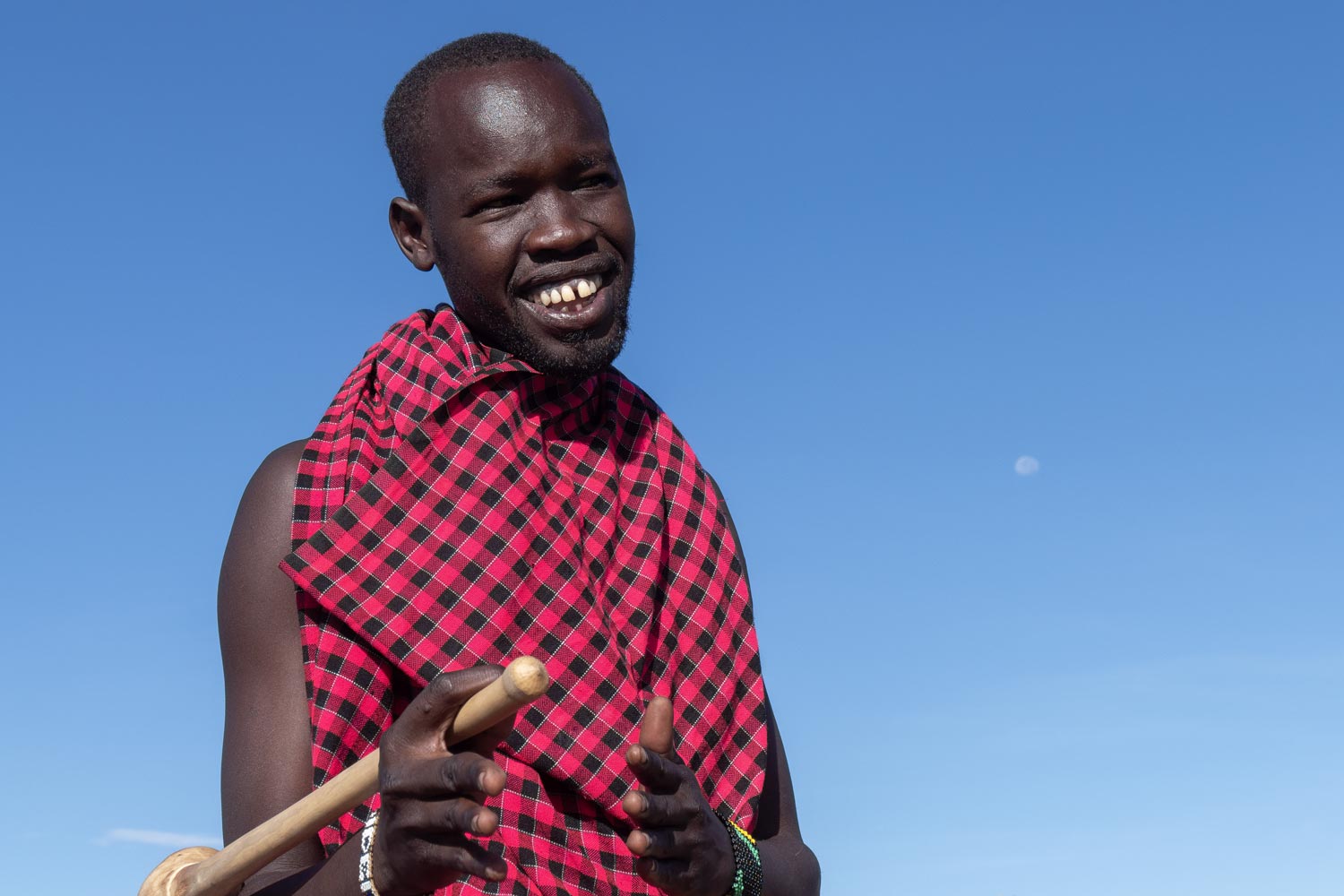
Like any other people in Africa, the Maasai have been somewhat touched by civilization. Under the shuka, there might sometimes be a sweatshirt or shorts.
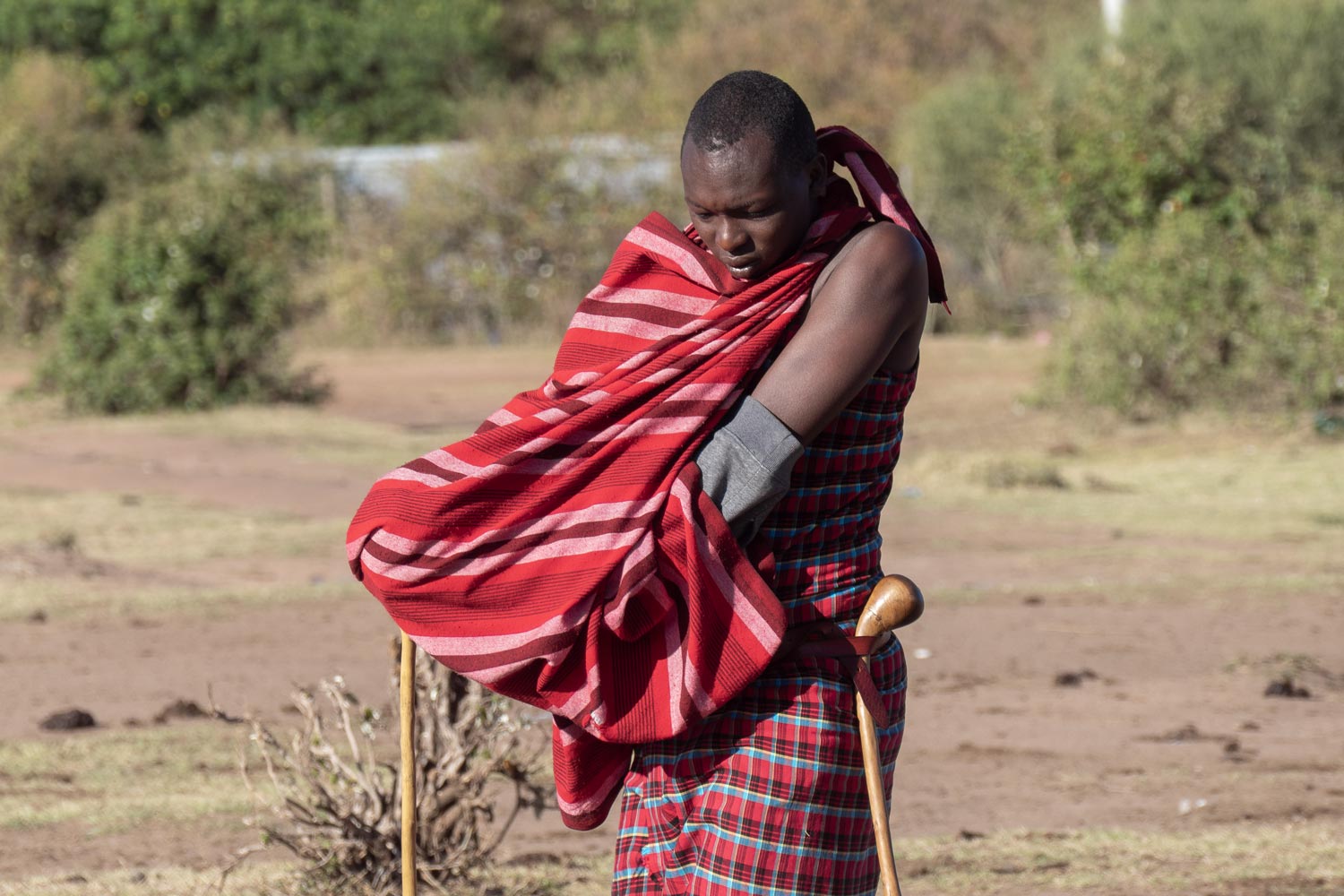
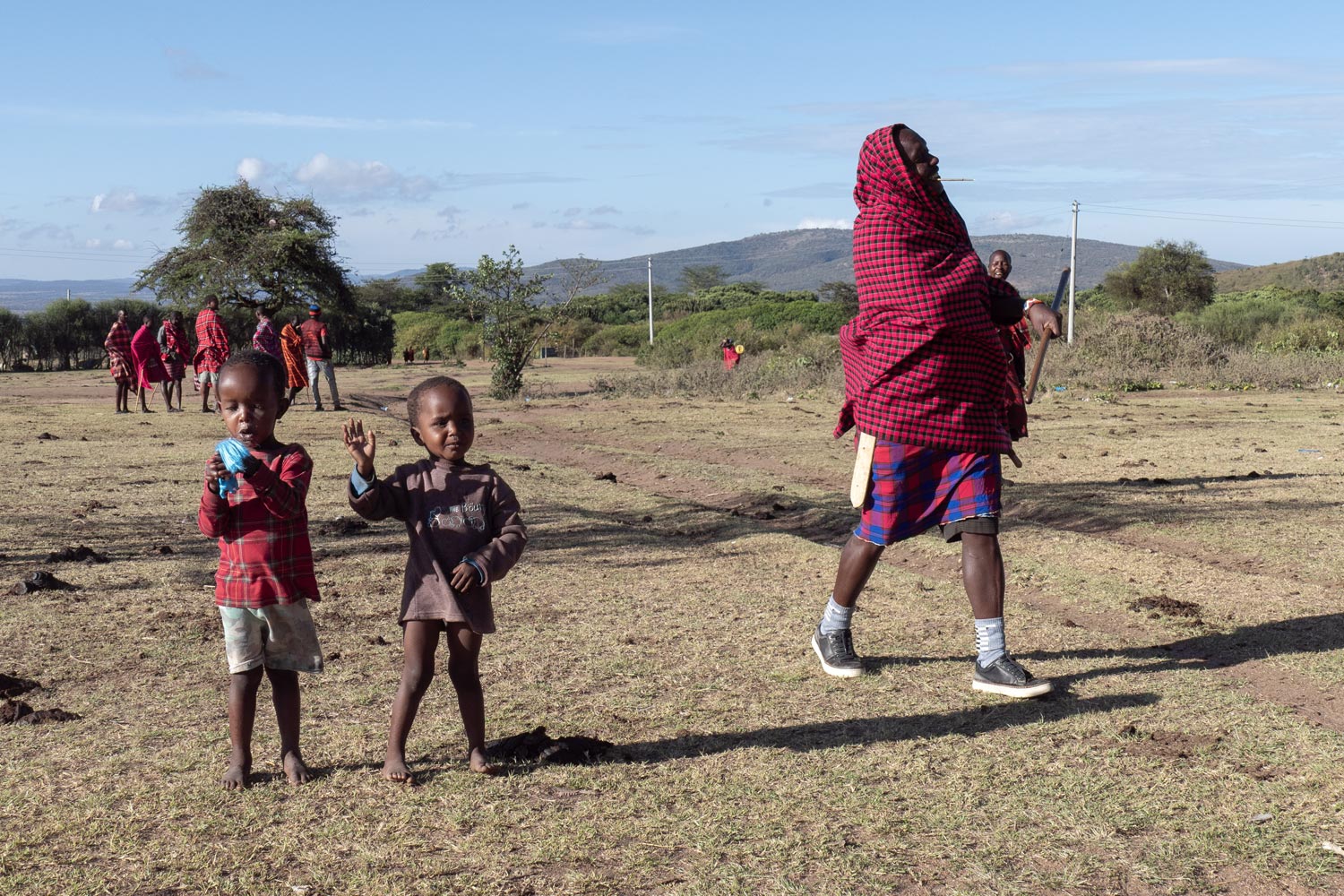
Children are usually dressed in European clothing: they will get it dirty anyway, and apparently, it’s easier to wash.
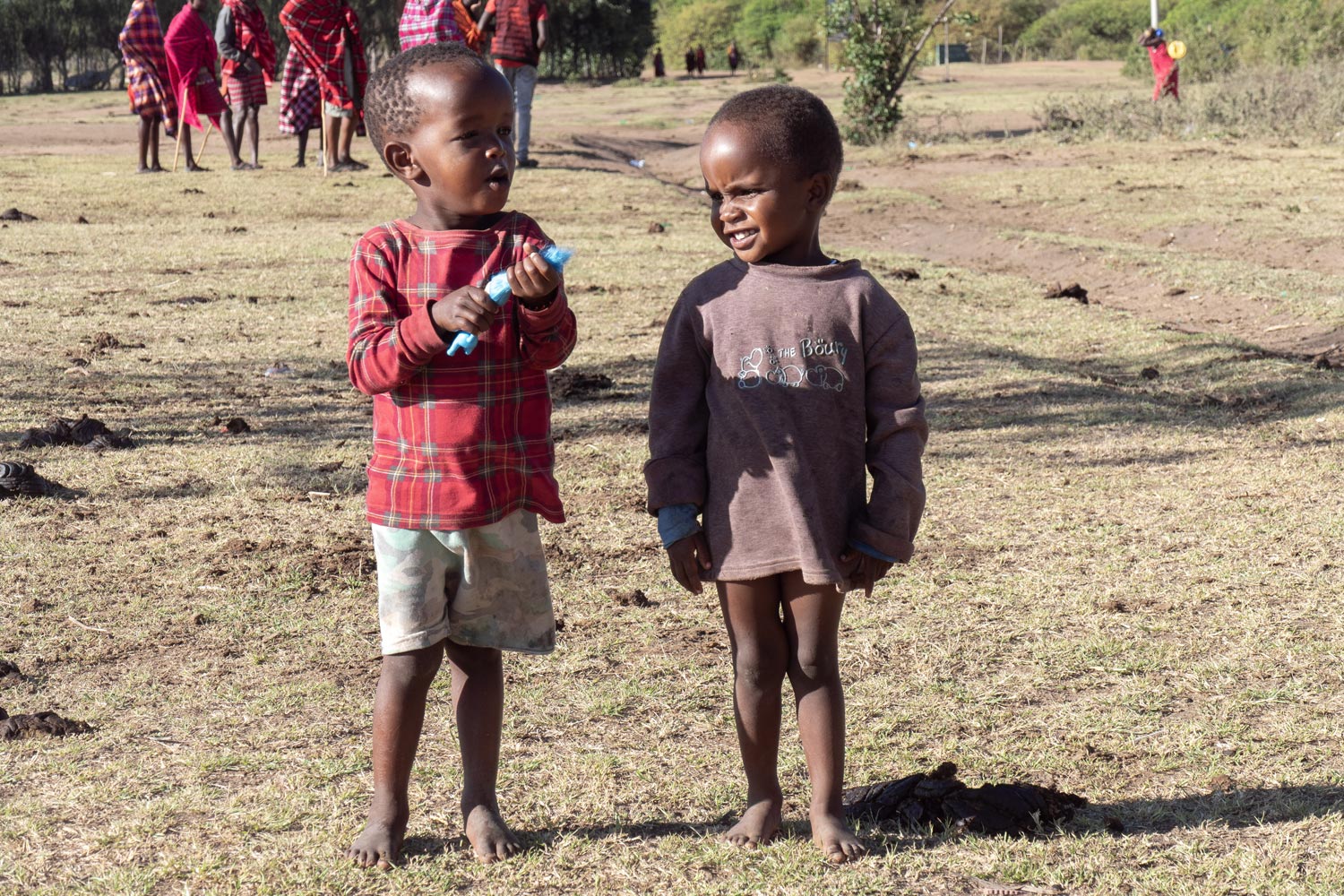
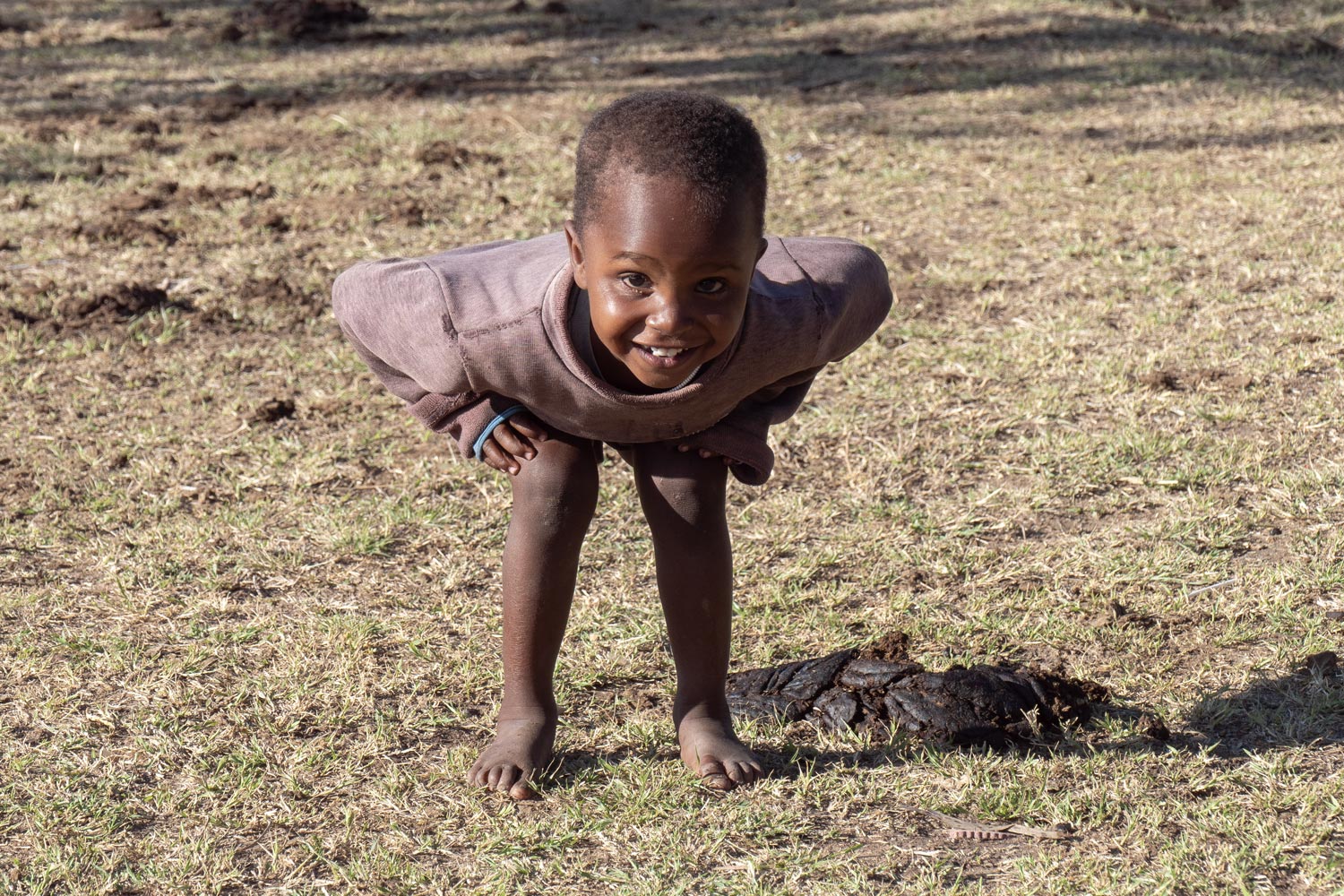
Sometimes the shuka comes in different colors. In the village, there was a man in absolutely neon green clothing. It seems he is an ordinary member of the tribe, not a chief or elder. He just likes to dress that way.
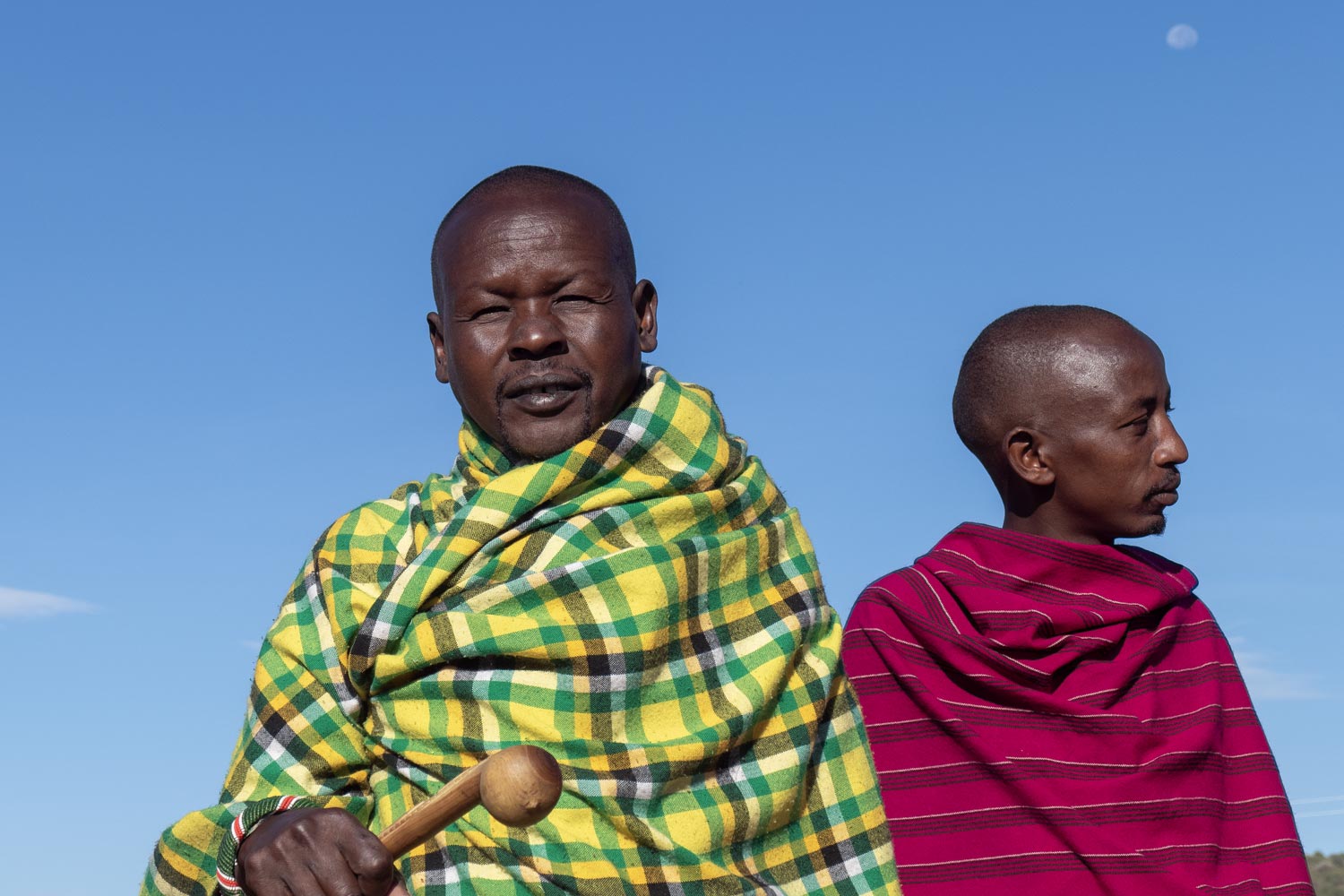
Due to their bright clothing and peaceful nature, the Maasai frequently appear on the covers of travel magazines. Overall, the guys have a cool outfit. The only downside: it’s impossible to hunt in such attire — too conspicuous against the backdrop of cacti.
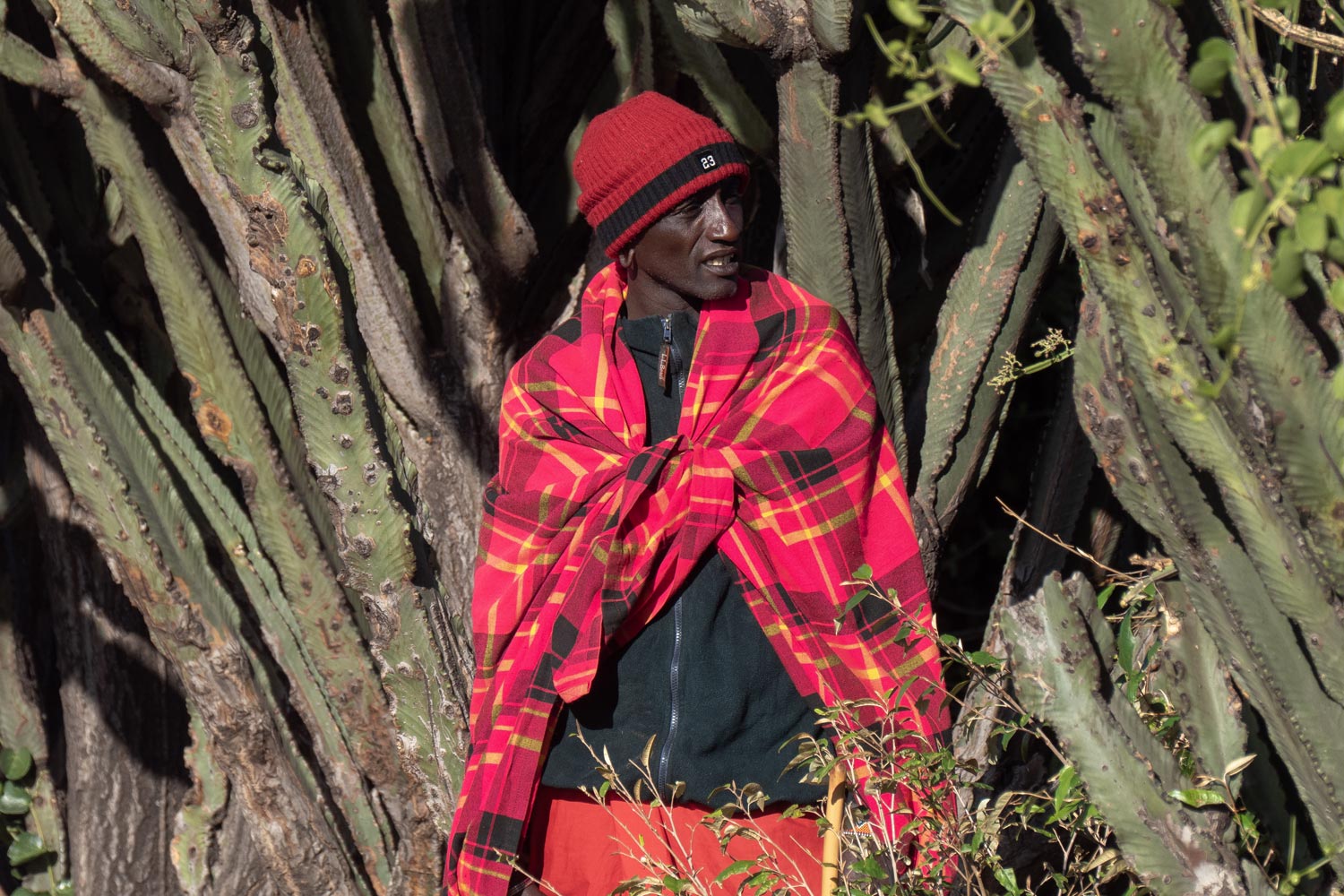
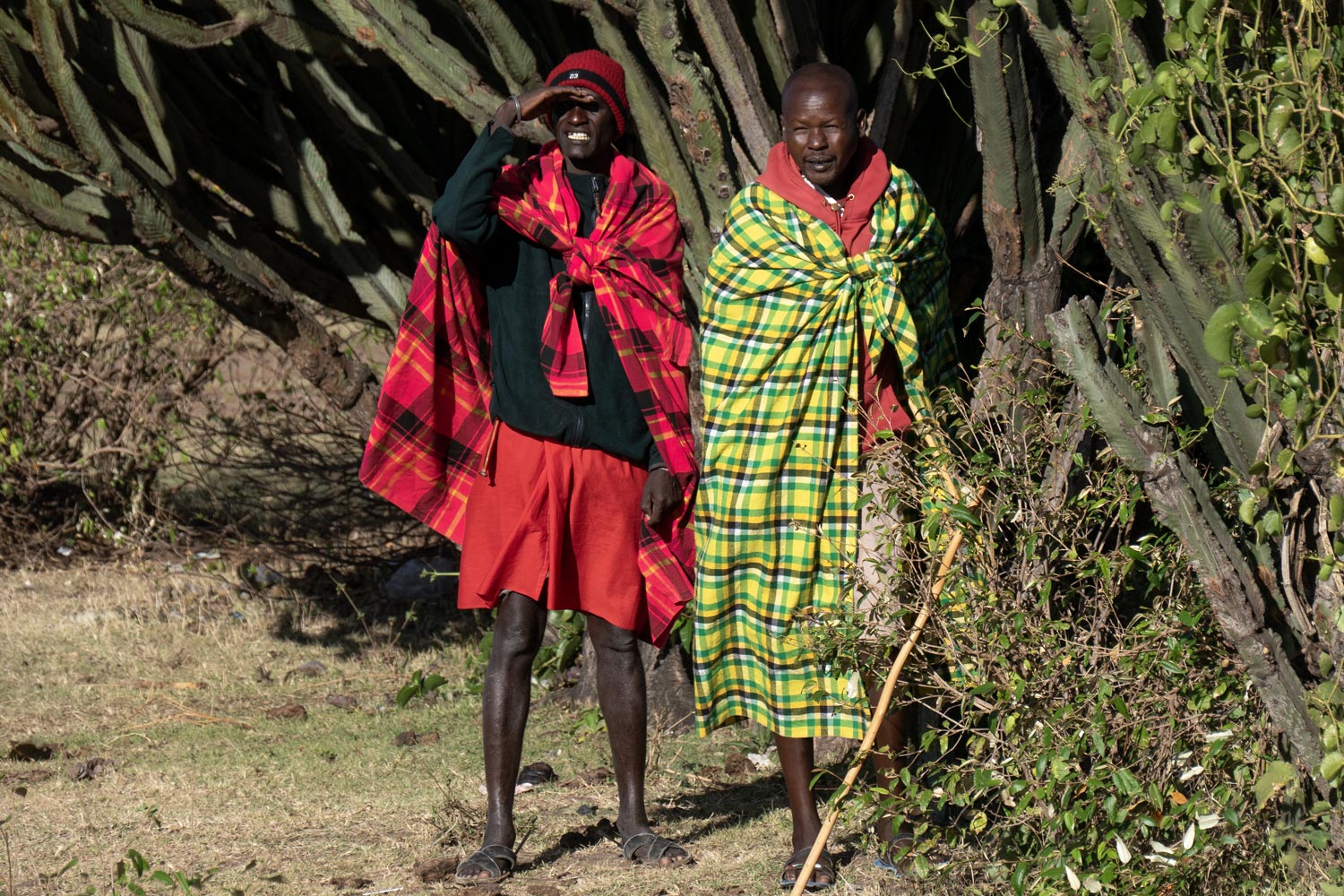
The Maasai are sometimes called jumpers. The thing is, they... jump.
Generally speaking, jumping among the Maasai is a rite of passage for young men into warriors, similar to the Hamar tribe’s bull-jumping, but in the form of a competition: whoever jumps higher is considered a nicer lad.
But that’s the original idea. In practice, the Maasai jump on other occasions as well, such as during ceremonial gatherings, on holidays, or simply for tourists, whom they gladly invite to join in the jumping (and then ask for shillings).
Another attribute of a self-respecting Maasai is a short, heavy club with a rounded end called a rungu. The club has two important functions: firstly, it is used as a walking stick.
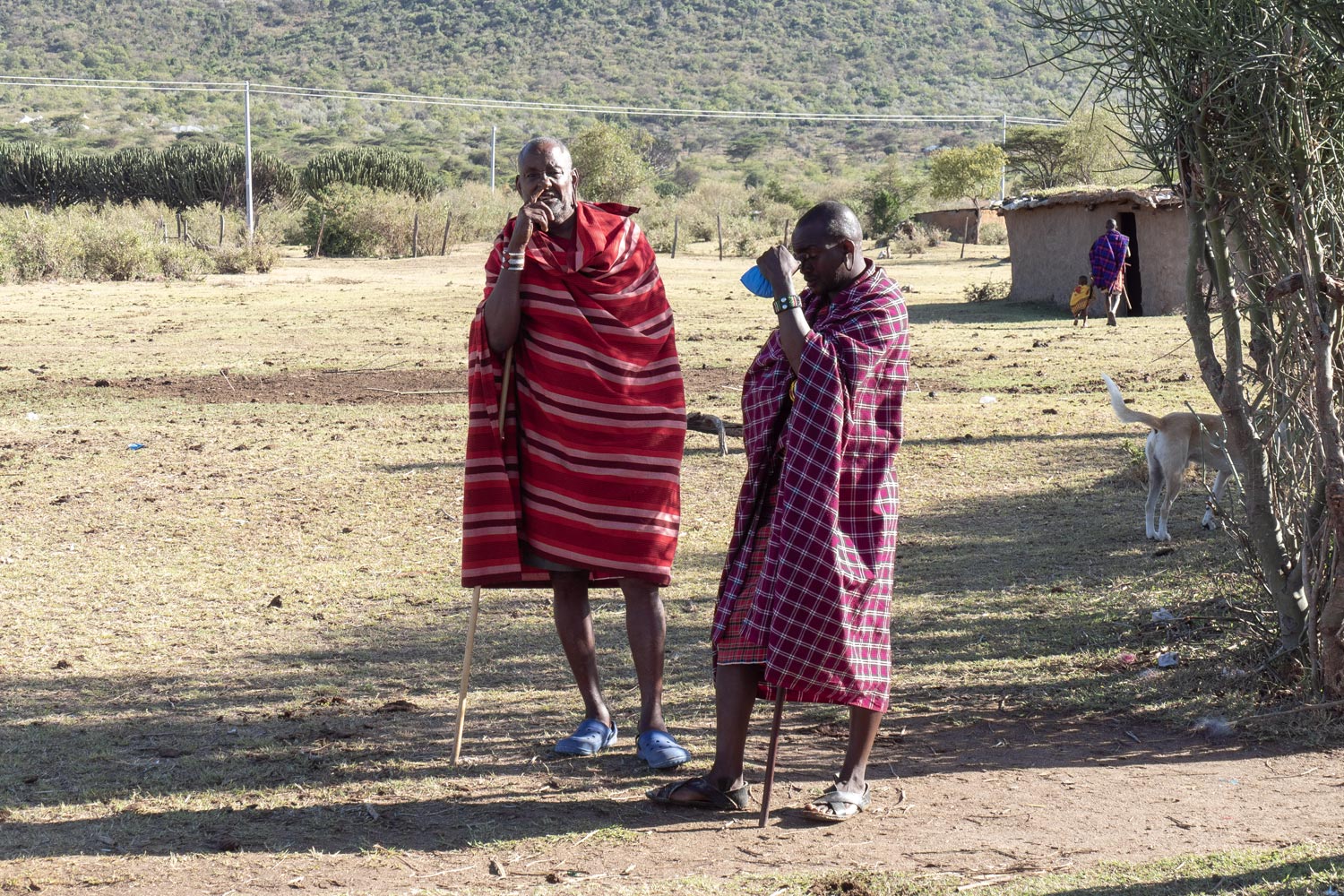
Secondly, it can be used to deliver a painful blow or to look very seriously while tapping it against the palm.
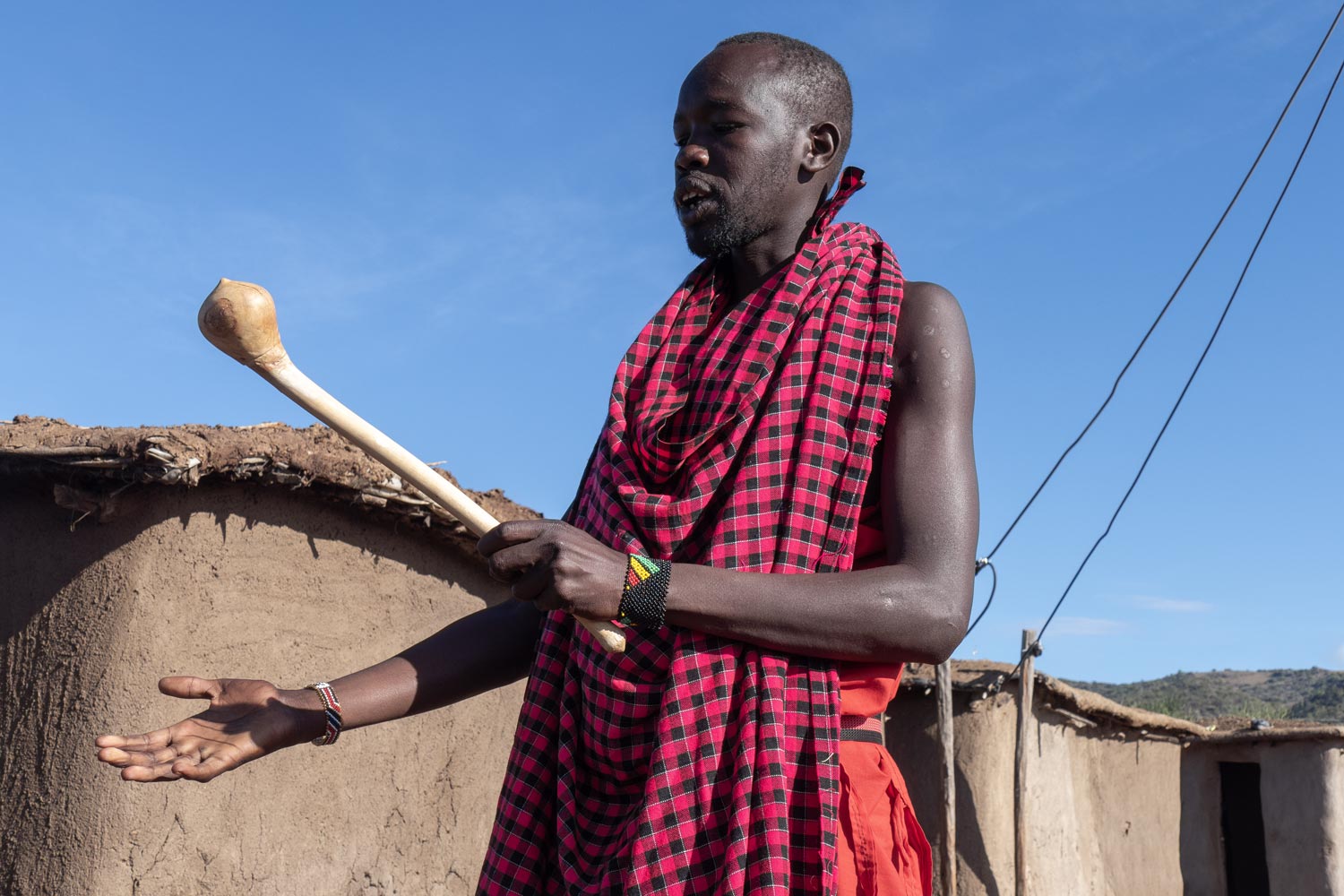
As for Maasai housing, it is, to put it mildly, plain, but still considerably better than the settlements of the wild Mursi. The Maasai build their houses from interwoven branches, reinforced with a mixture of clay, cow dung, and ash.
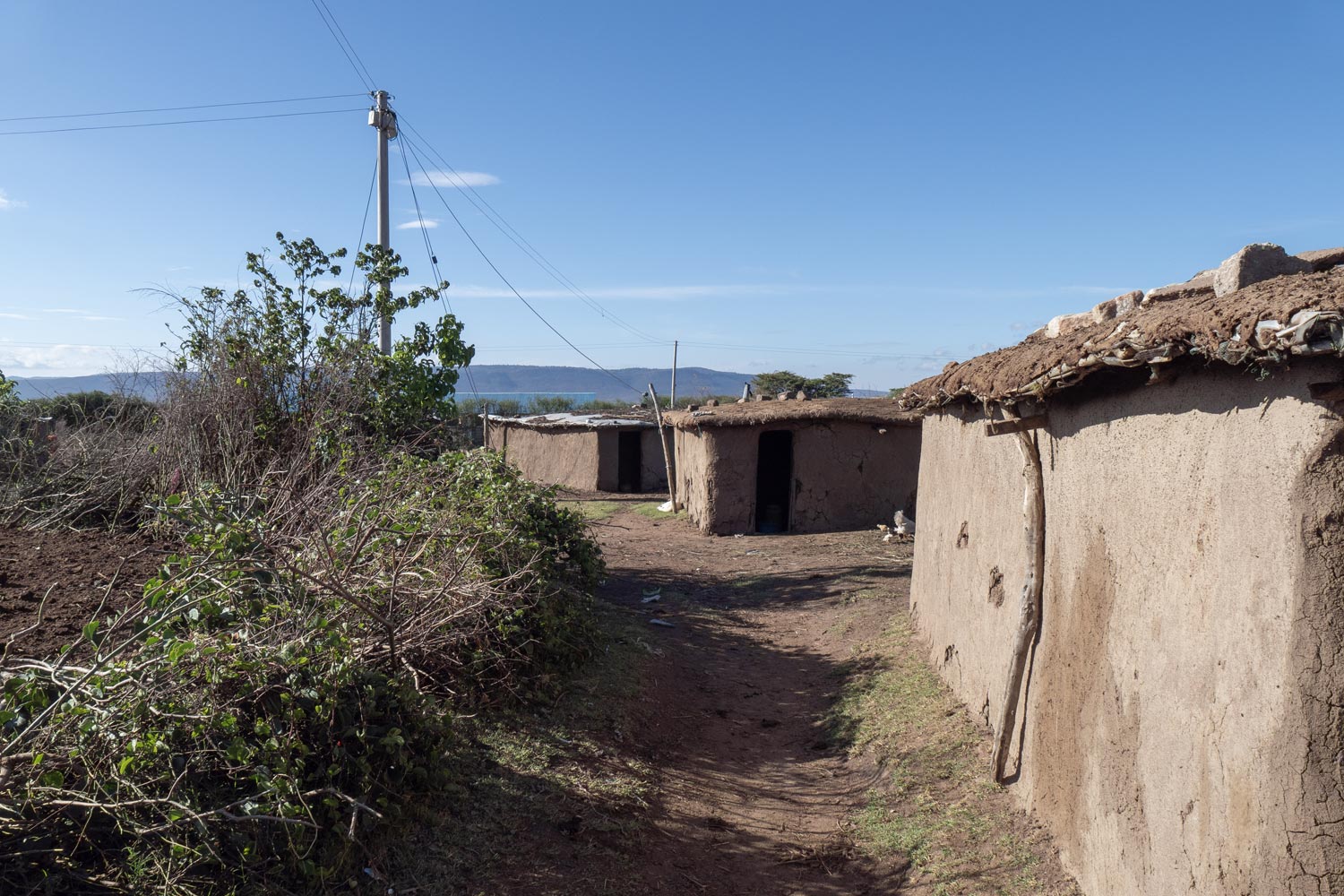
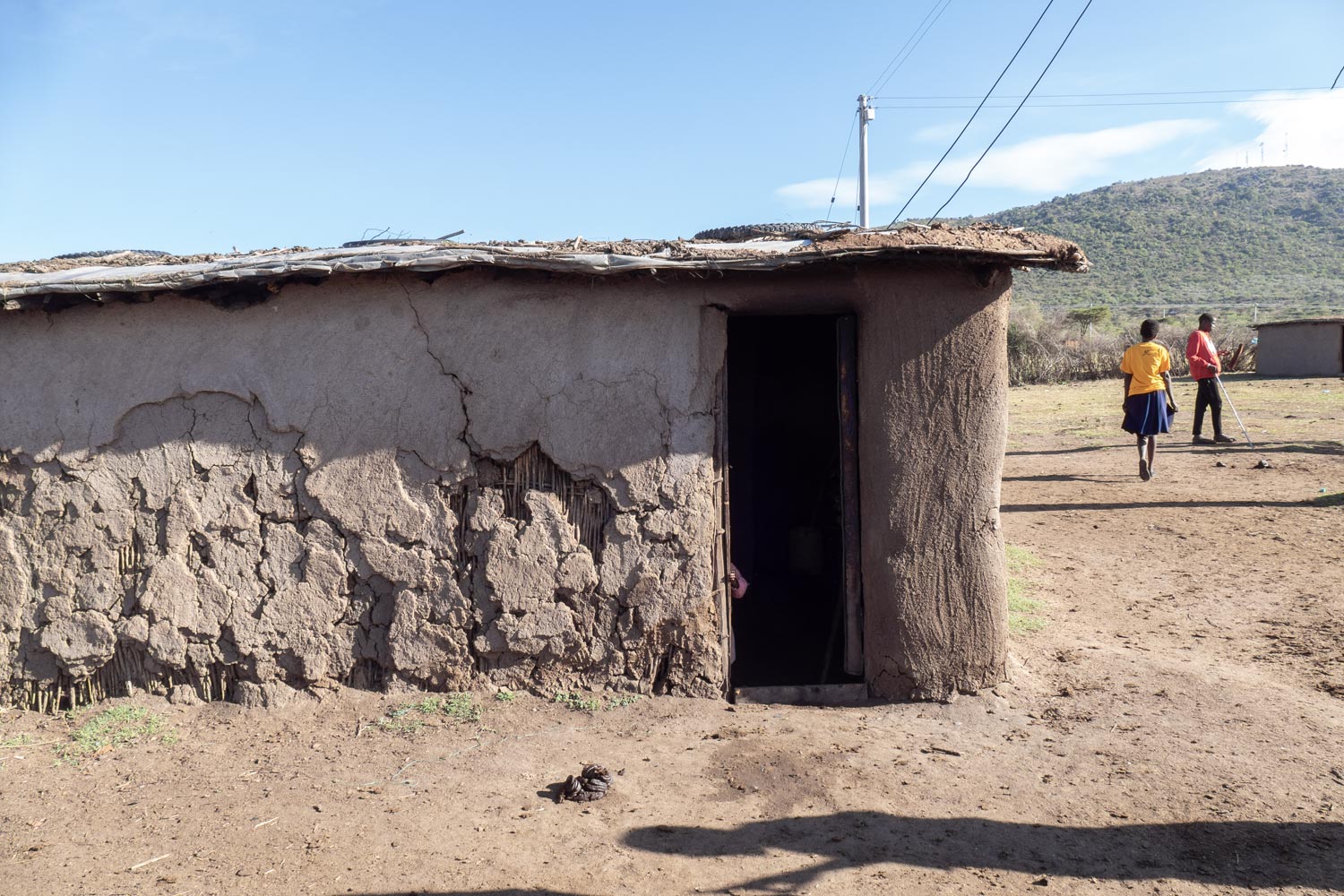
And they have plenty of dung! Cattle herding is the foundation of the Maasai economy, and the cow is considered a sacred animal. Therefore, cow patties are scattered not only across the pastures but throughout the entire area. One could build an entire city, let alone a house.
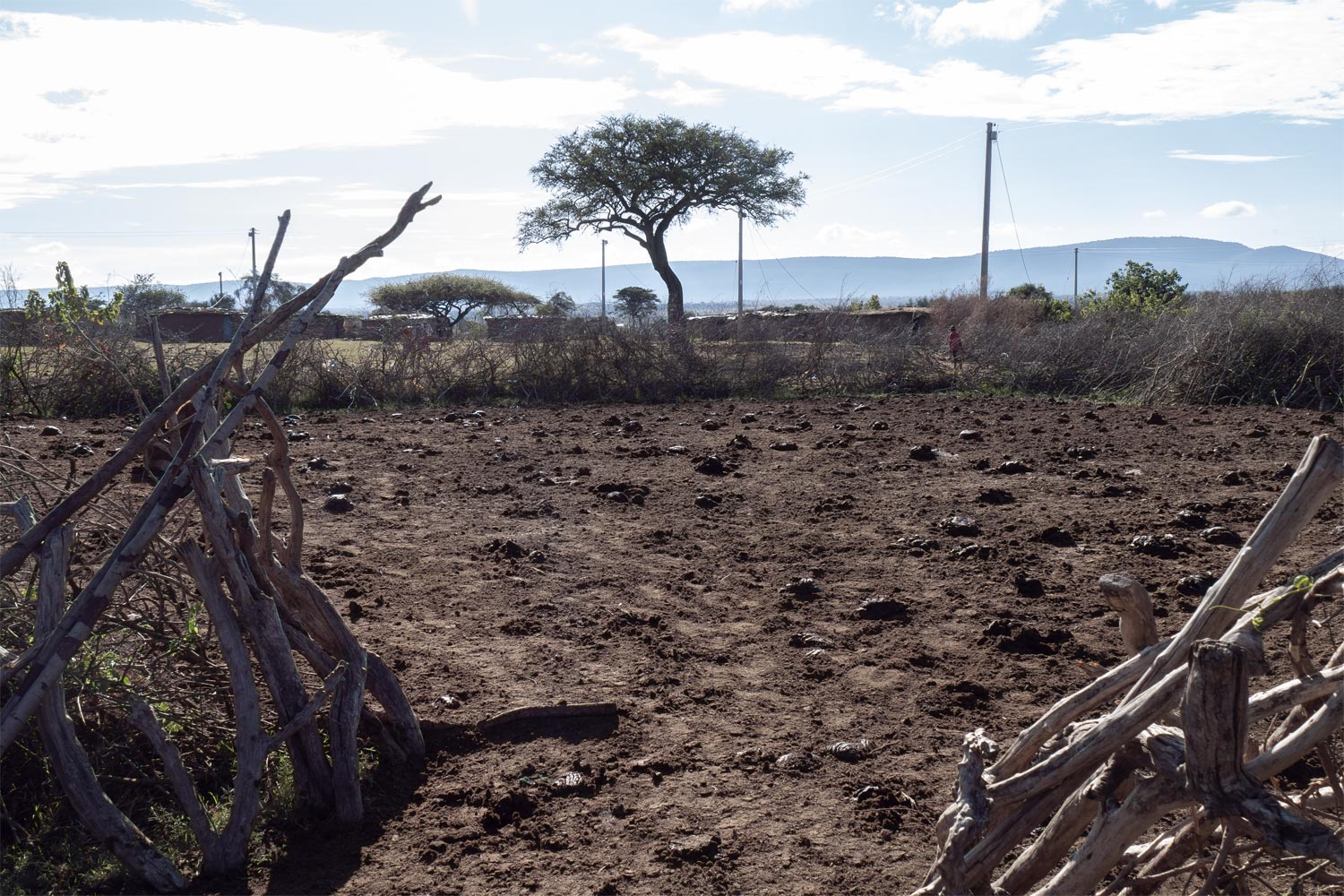
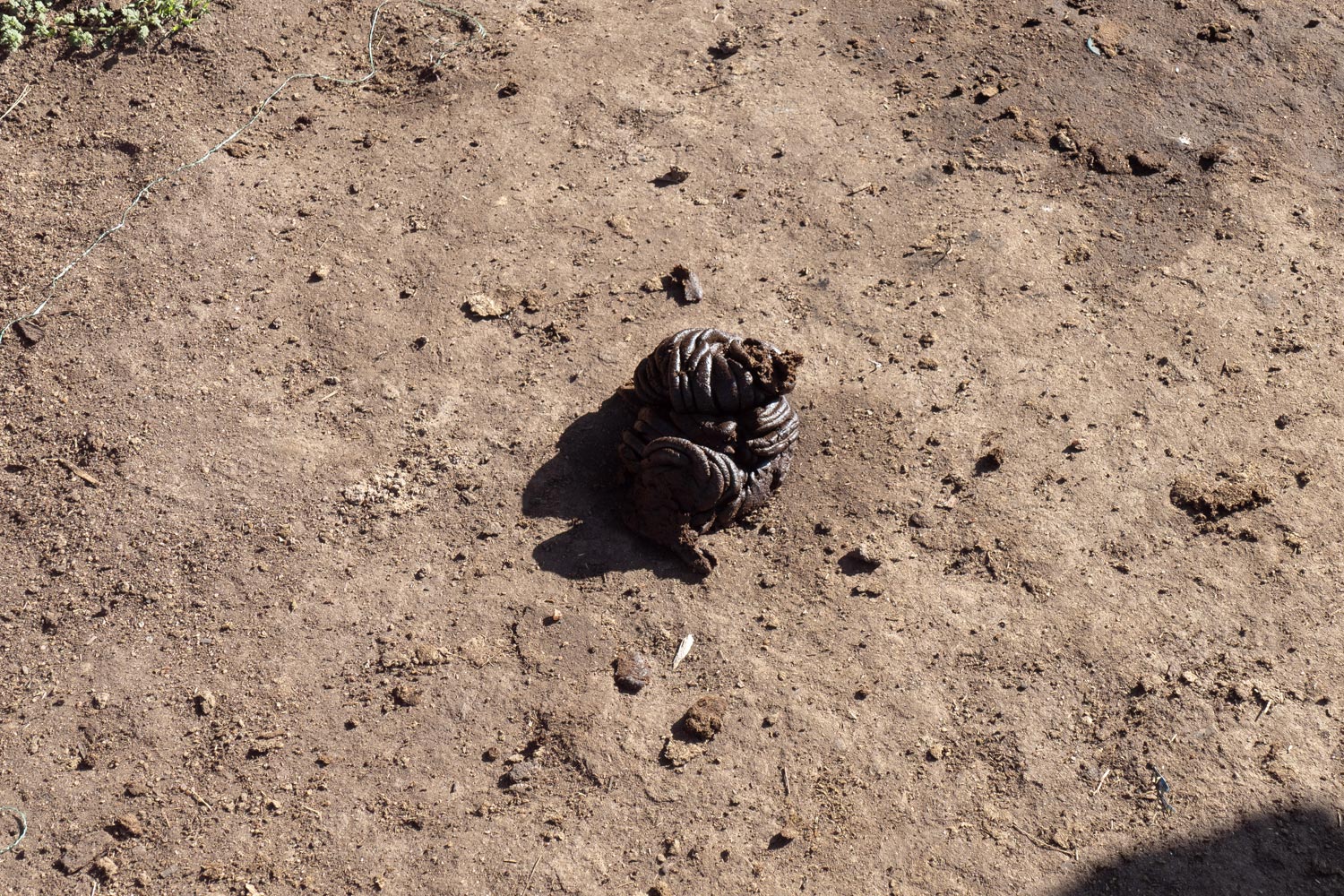
Inside Maasai houses, it is dark. The single window lets in very little light, and more windows would be problematic as flies would come in. The house is usually divided into a bedroom and a kitchen, where a fire is made in the center, while the folks sit around it discussing politics.
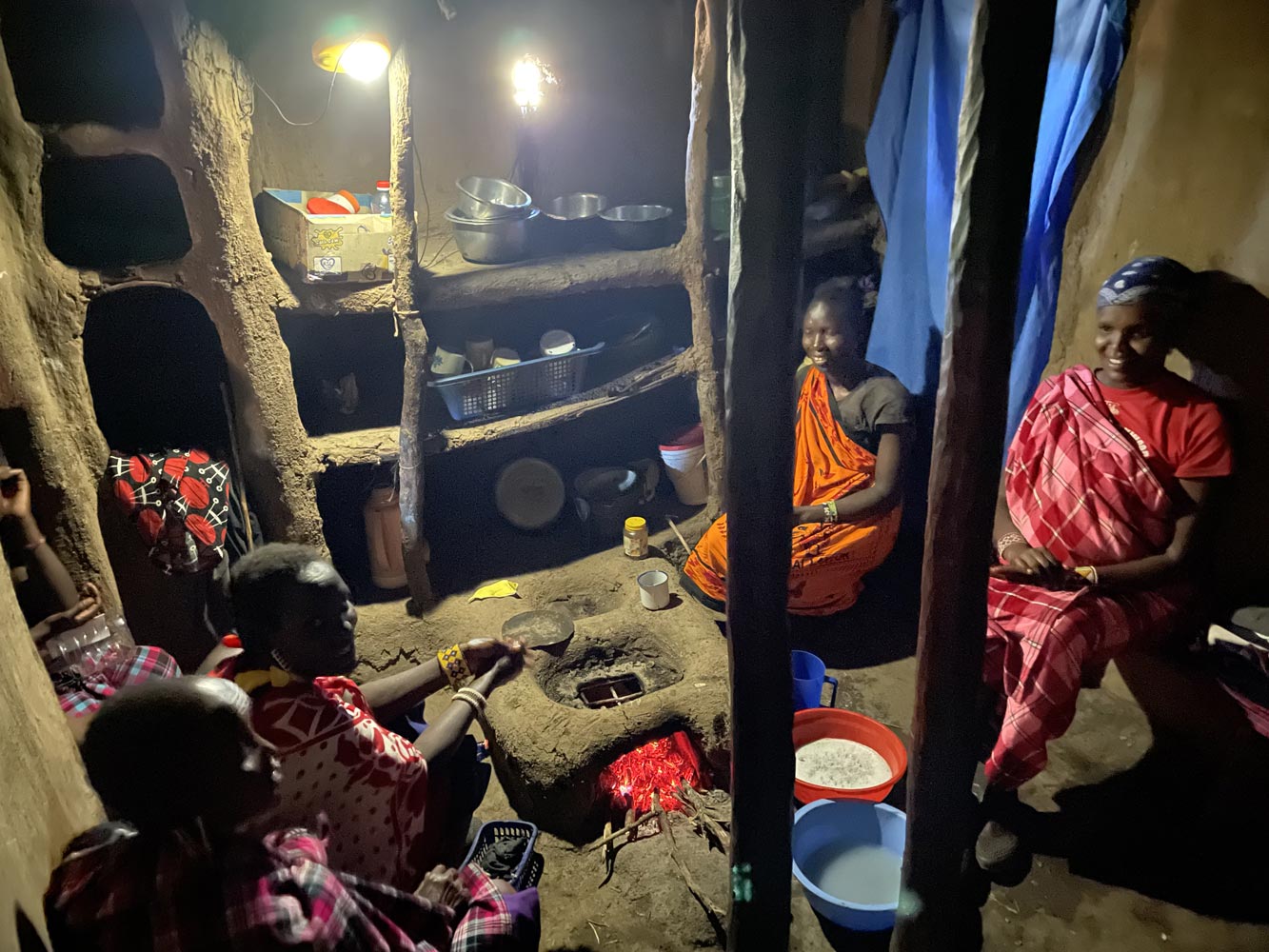
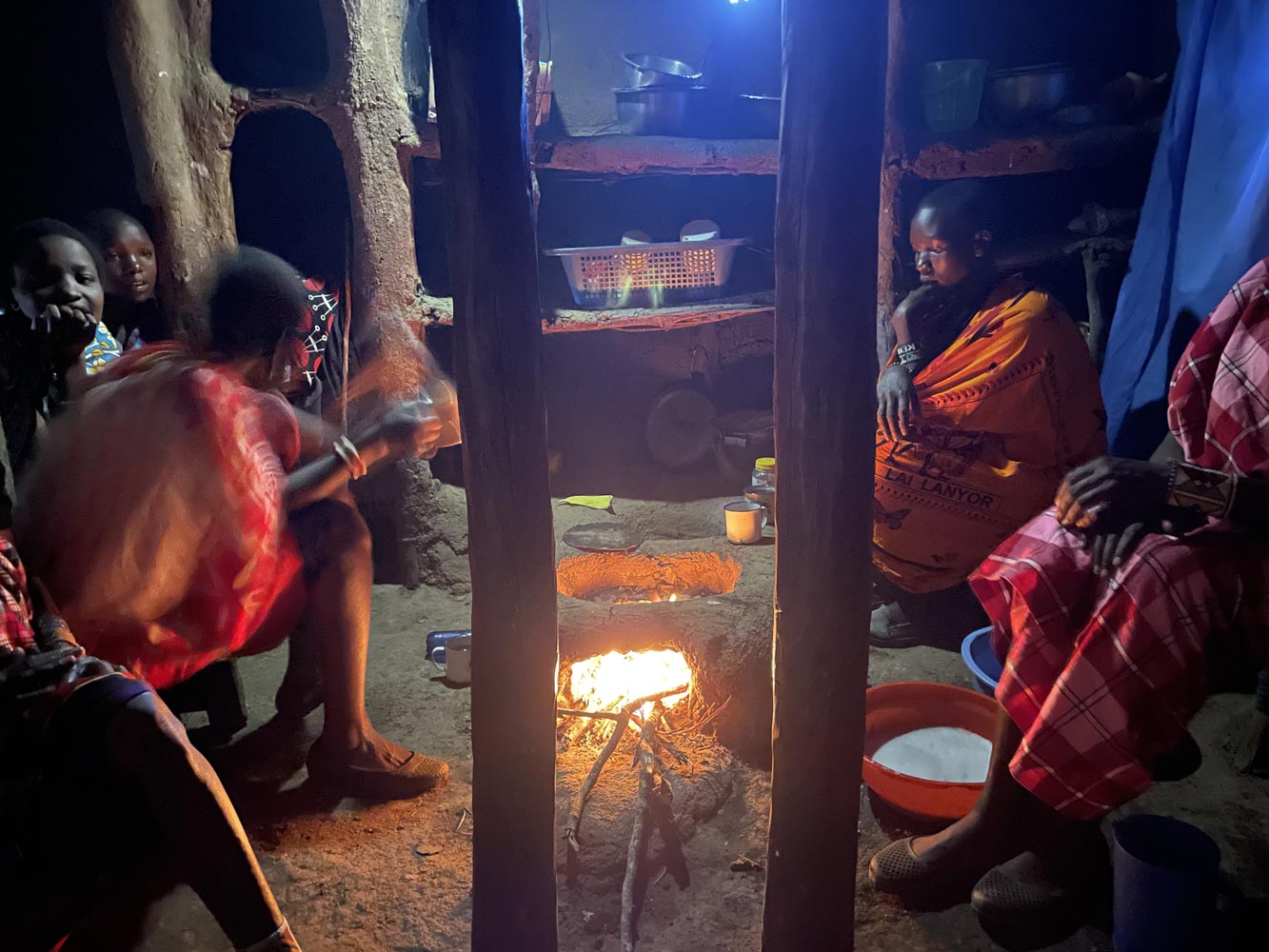
Boards are embedded in the clay walls and used as shelves.
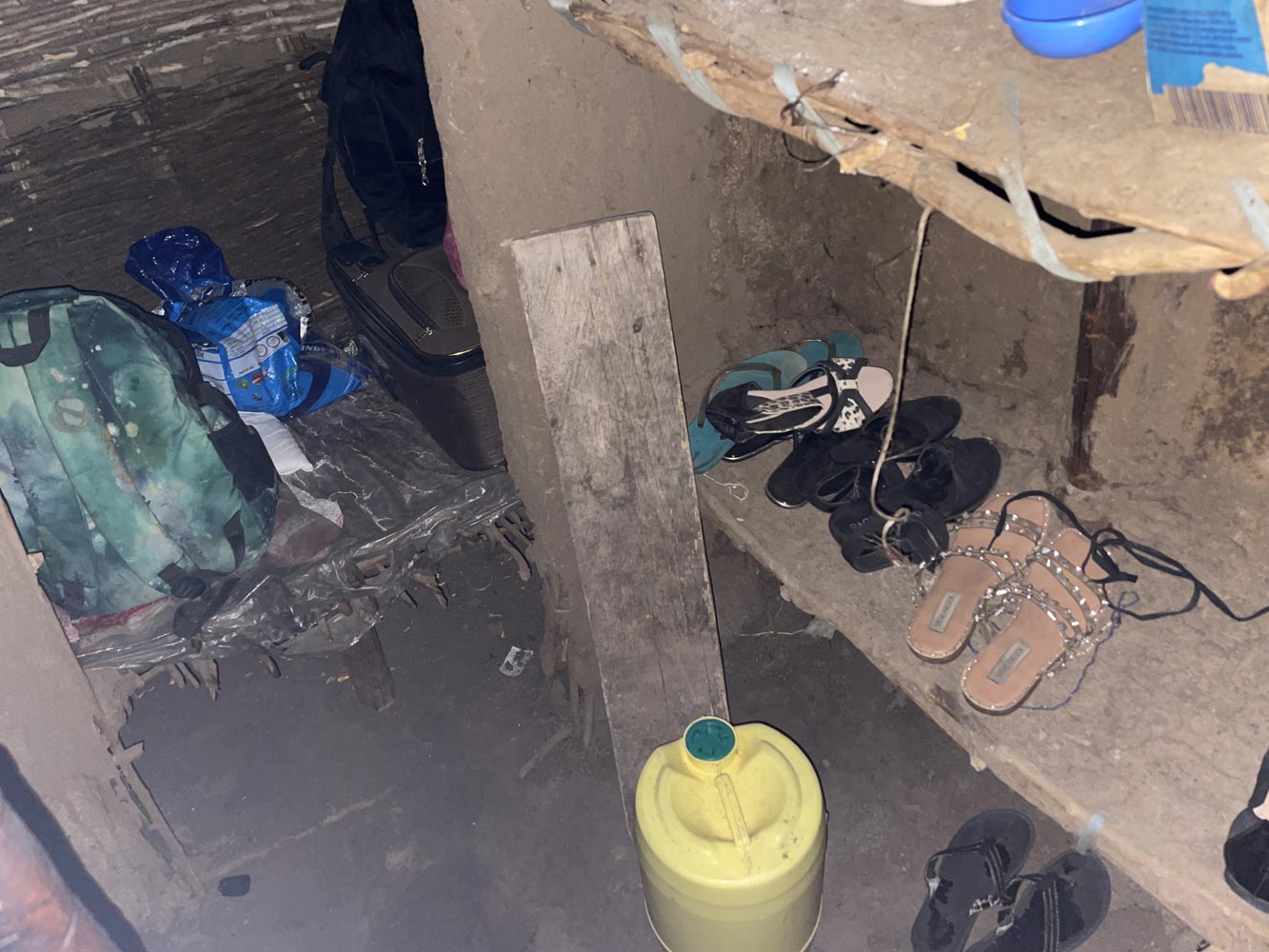
The bedroom consists of a blanket spread on the ground, sometimes with an additional blanket. A mosquito net is draped around the bed. The Maasai clearly sleep better than their Mursi colleagues, who literally lie on the ground.
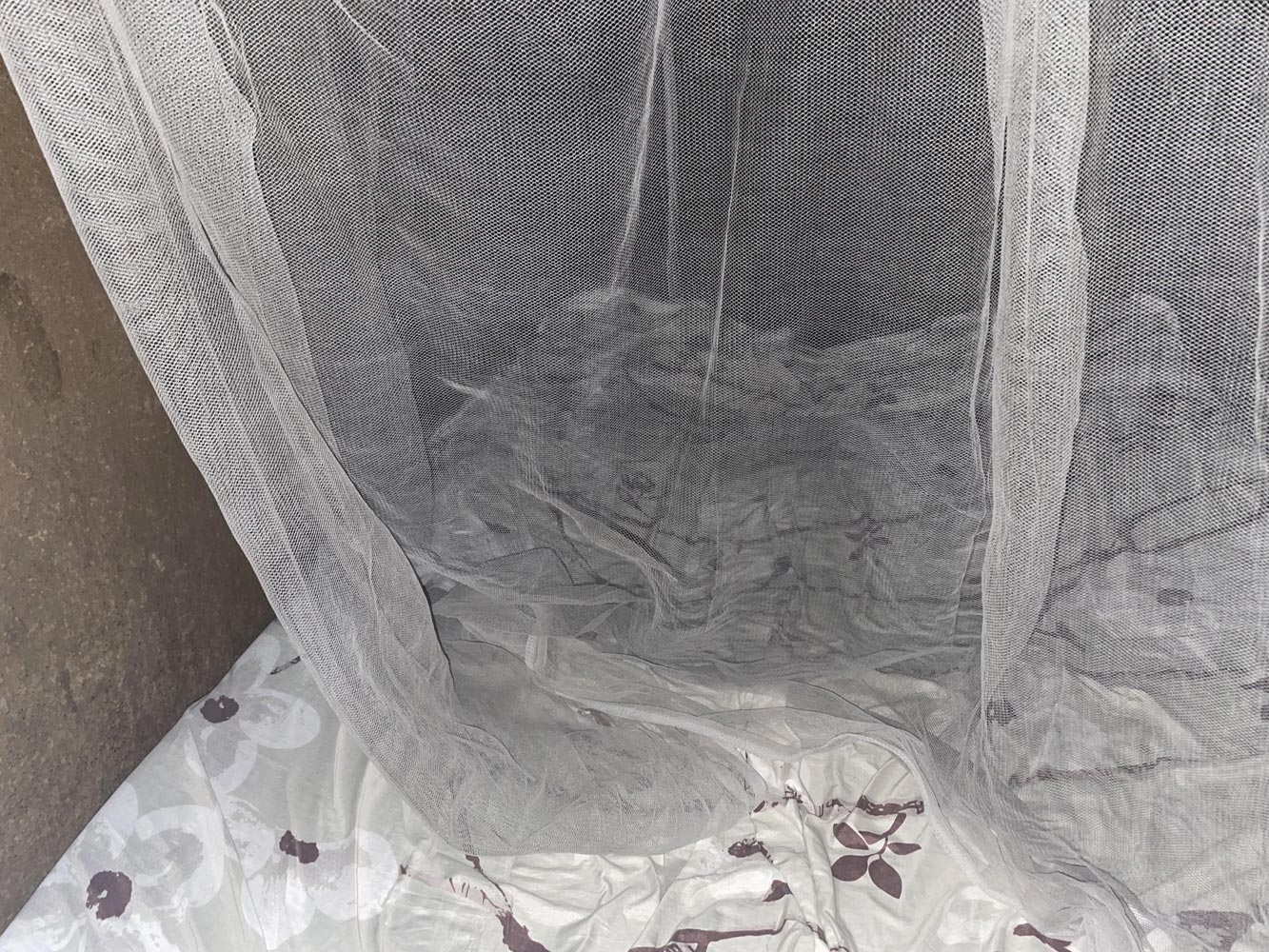
Finally, tourists are shown the process of making a fire by friction. The author had tried to start a fire this way since childhood but never succeeded. The Maasai explained that special types of wood are needed for the sticks, which do not contain oil or moisture, and the weather must be dry. Then, starting a fire is easy.
The Maasai are one of the most cultured, peaceful, and pleasant tribes in Africa. One can safely visit them alone. It seems they are also the most literate tribe: many Maasai speak English, which allowed the author to interview them. In fact, the interview was very brief, as I was only interested in one question:
“Why do you live like this in the 21st century? Wouldn’t you want to move to the city and live normally?”
“Some would like to,” the Maasai smiled, “and they do leave. Among us, there are people with higher education. We don’t hold anyone back. If someone wants to study, the family usually lets them go, and then they go to Nairobi, enroll in university, and get an education. Then it’s up to them to decide. No one is forced to return, but if someone doesn’t come back to the tribe, they lose the respect of their relatives. We believe that everyone should contribute to the community.”
“So does everyone return?”
“Almost everyone. Very few leave. They don’t like the big city with its noise, cars, and stuffy concrete boxes. If you were born in the tribe and spent your entire childhood in nature, among the savannah, wild animals, and night fires, you’re unlikely to want to live... what did you call it? Normally?”
